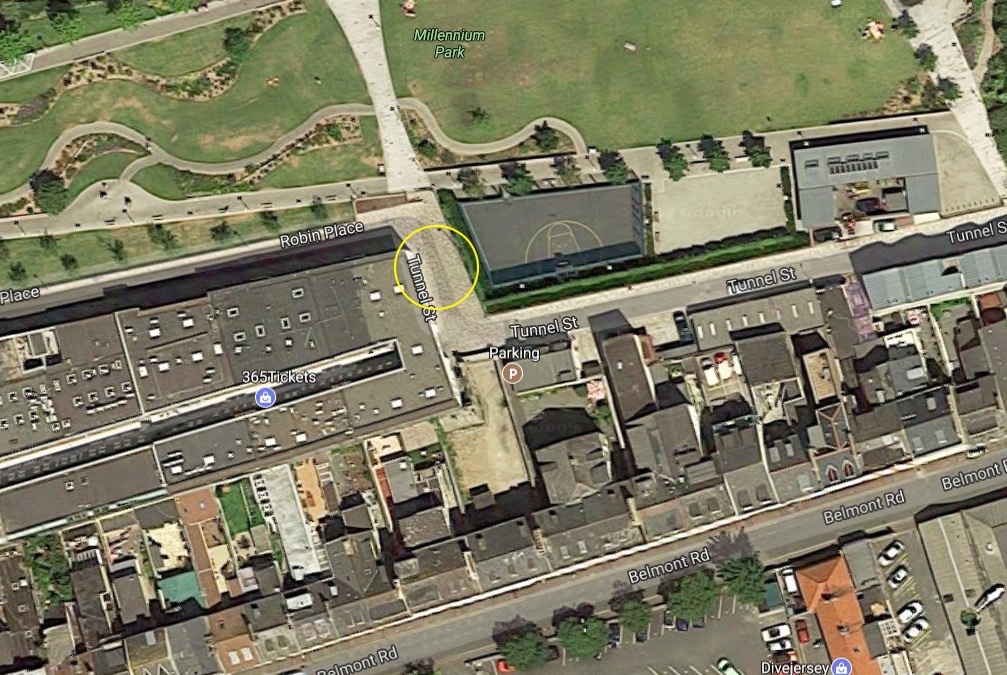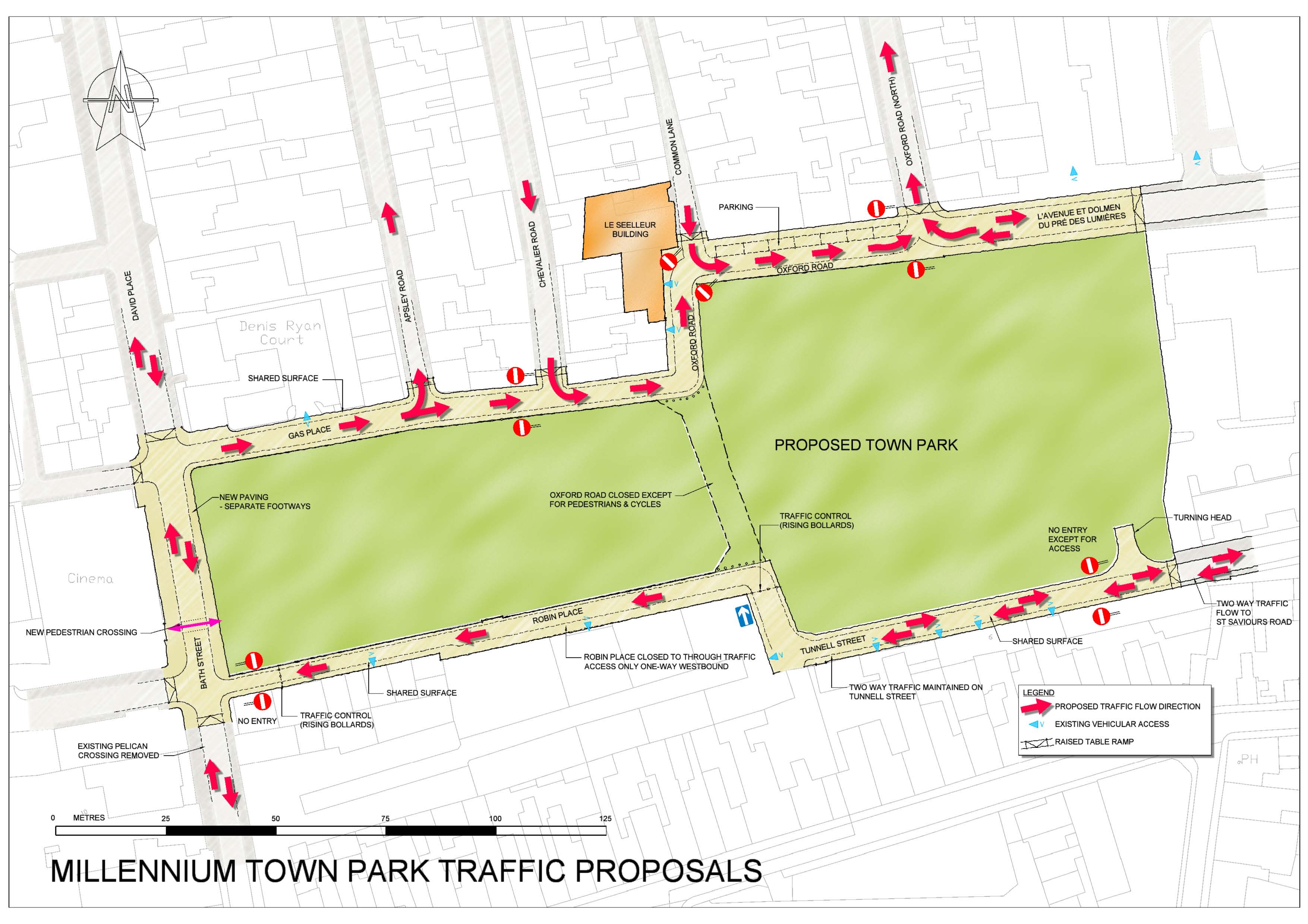

Questions are to be raised in the States over why a road safety plan that would have restricted access to an area in which a toddler was killed were not implemented.
Deputy Geoff Southern is set to ask the Minister for Infrastructure next week about who made the decision to reject the findings of a safety audit conducted by international experts Parsons Brinckerhoff in 2011.
That audit – never published, but viewed by Express last month – assessed three options to limit vehicle access to residents, refuse collection and emergency vehicles only from Tunnell Street to Robin Place where three-year-old Clinton Pringle tragically lost his life after being hit by a car last year.
Under systems one and two, an automatic number plate recognition (ANPR) system would have only allowed permitted vehicles to pass through, while under the third option, those with unrecognised number plates would have been forced to wait 90 seconds before being allowed access to Robin Place.

Pictured: Clinton Pringle died in a road traffic accident in the shared space area of Tunnell Street. (Google Maps)
Plans showed that the rising bollards were being considered for placing after the road’s ‘S’ bend, but the report suggested that these should be placed before the tight turn. “This would improve forward visibility to the rising bollards and any vehicle waiting. The rising bollards in this location would also act as an additional traffic calming feature before drivers continue through the area where pedestrian and cycle flow are high,” it read.
The inclusion of rising bollards in the area was originally suggested in a 2010 Millennium Park Traffic Plan, but for reasons unknown was never carried forward.
Minutes of St Helier Roads Committee meetings during that time suggest that both TTS – as the Department for Infrastructure was then known – and the Parish had initially been supportive of the bollard proposals, leaving a further question mark over which party made the decision to scrap the idea.
Had the plan been implemented, driver Rebekah Le Gal (39), who was found guilty of causing Clinton’s death by careless driving, would not have been able to access the area in which the collision occurred.

Pictured: A 2010 Millennium Park Traffic Plan suggested using automatically rising bollards to block access to Tunnell Street and Robin Place.
Deputy Southern is now attempting to get to the bottom of the issue, and has submitted a question to Deputy Eddie Noel, who was not Minister for Infrastructure at the time, asking:
“Will the Minister inform members whether the safety plan from Parsons Brinkerhoff which suggested automatic rising bollards for access to the Millennium Park from Tunnell Street and Robin Place was considered by his Department, in conjunction with the St. Helier Roads Committee or separately; who was responsible for the decision to reject the suggestion, on what grounds was it rejected, and when did this occur?”
Deputy Noel’s response will be published on Tuesday morning when the States Assembly gather for their next sitting.
Comments
Comments on this story express the views of the commentator only, not Bailiwick Publishing. We are unable to guarantee the accuracy of any of those comments.